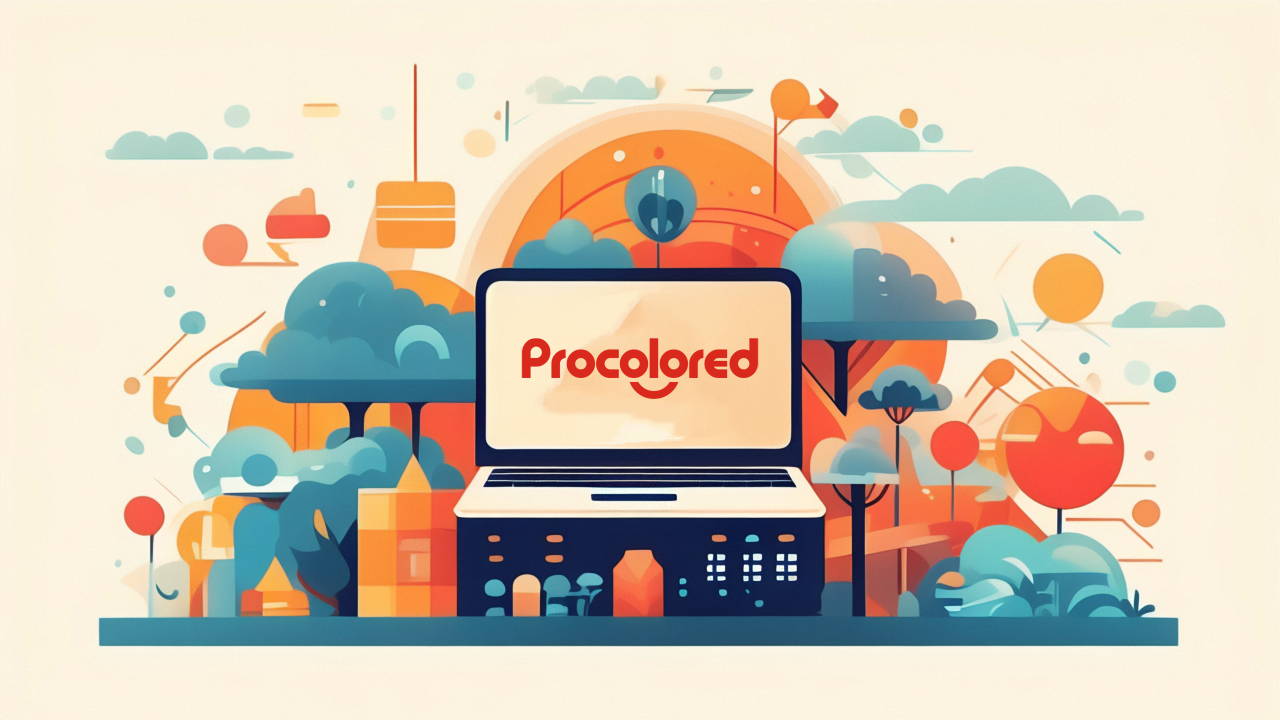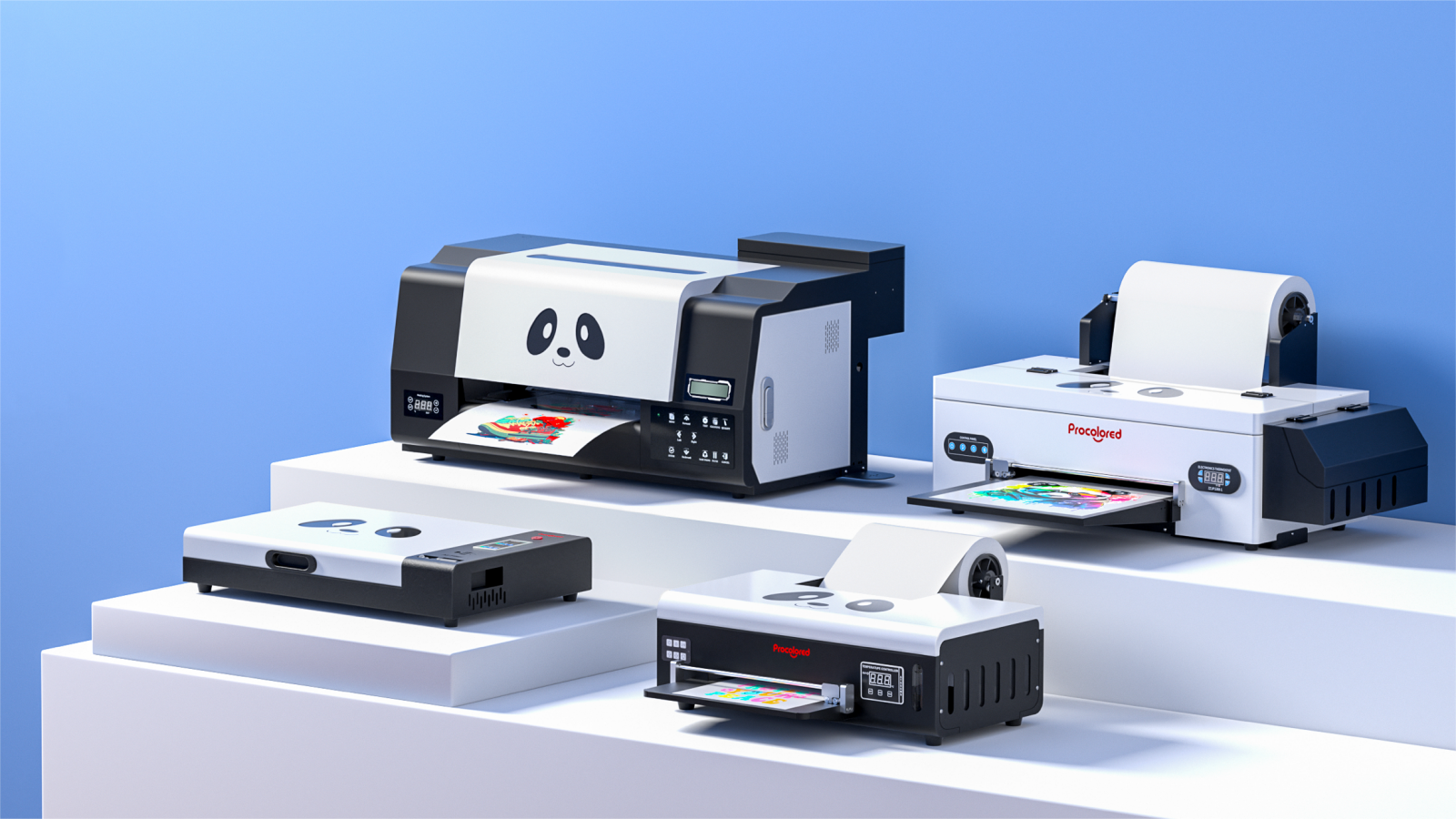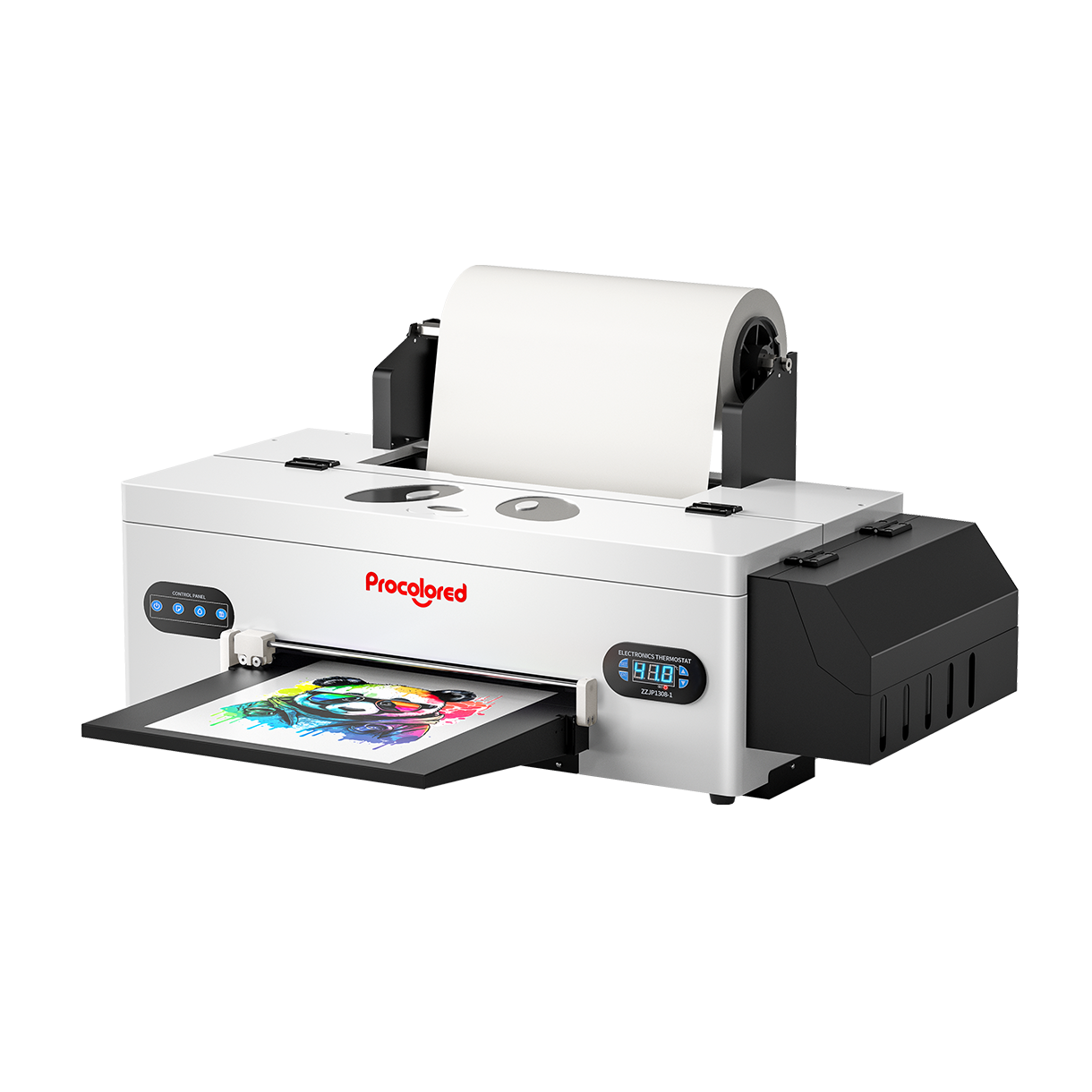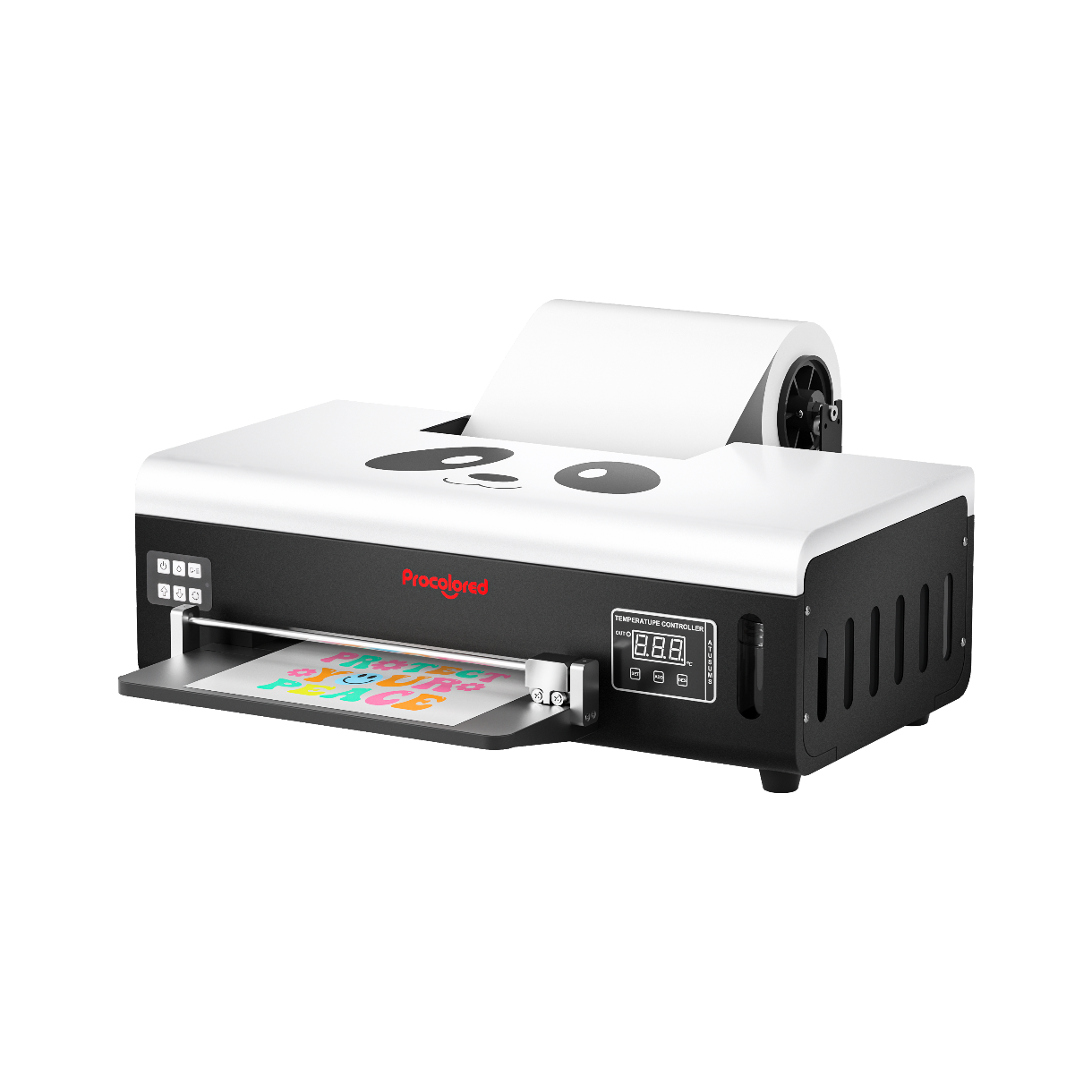Is dtg printing good quality
When it comes to creating custom, unique fabric items for sale by your business or personal use, there are many options for printers to do the job. Chief among those is the Direct to Garment (DTG) Printer by Procolored, which is best when used on fabrics that are 80% cotton or higher.
Everyone knows that not every machine is the same when it comes to print quality. While two printers might look virtually the same on the outside, putting them side by side in competition will show notable differences in how vivid the colors are, how precise the detail is, and how well they hold up over a repeated number of print jobs.
PASSAGE SUMMARY
1.DTG’s Print Quality Explained

DTG Printing is significantly different from the traditional T-shirt method of screen printing. Instead of using stencils for each color or using special paper to transfer designs via heat onto fabric, DTG prints the ink directly onto your fabric of choice using a digital image, meaning there is no drop-off in quality through the use of an intermediary format.
The DTG process gives a quality level of print durability to any fabric it is used on. While T-shirts are the traditional end-point for this printing technology, it also works well on curtains, hoodies, and socks.
2.Exploring DTG Technology
While DTG printers look a lot like the kind you would find in a home or office, the printing technology inside of them is quite unique. There is a custom plate inside the printer that holds each garment in place. Instead of using the traditional inkjet method of printing, DTG printing is done by spraying water-based inks, also known as aqueous inks, onto the garment. Aqueous inks have a wide range of fabrice compatibility, making DTG an excellent printer selection for garments that offer vivid colors and are produced to last.
3.DTG Printing Advantages
If you work in the T-shirt business or for a company that sells lots of products with your logo on them, you know that time can often be of the essence. If a meme or a catchphrase or something similar goes viral, using the DTG printing method can help ensure that your business has those viral products for sale on the shelves or your website quickly. DTG printers work great on short runs and don’t need nearly as much preparation time as screen printing does. This print speed advantage increases the value and cost-effectiveness of using the DTG printing technique. Additionally, DTG printing is typically better for the environment, as business owners that employ this technique are more considerate of how many garments they need to produce. Although the set-up time is considerably more detail-oriented, screen printing can rapidly make large quantities of t-shirts and other garments. This can unfortunately lead to overproduction. While some companies will donate extra unused garments, others are prone to throw them away, exposing the environment to larger quantities of ink that can seep into the ground or water.
4.DTG Printing for Textiles
In addition to being used on cotton fabric items, the DTG printing process is a winner when it comes to the textile industry. DTG printers can handle workloads on other materials like wool, nylon, and polyester, meaning businesses with multiple fabrics to sell their wares have the freedom to choose their fabrics. This is also a plus for individuals who like making their own printed clothing, but might have allergies to certain types of fabrics.
The DTG printing process is good quality, particularly for short runs of products valued by their creators for vivid colors and lasting durability. They work on a variety of fabrics and deliver precise levels of detail.

About the Author - Joyce
Joyce has worked with Procolored since the first day she joined inkjet printing career. Through continual training courses and years of working experiences, Joyce has formed a comprehensive understanding over Procolored products and a thorough knowledge of printing technologies.

About the Author - Joyce
Joyce has worked with Procolored since the first day she joined inkjet printing career. Through continual training courses and years of working experiences, Joyce has formed a comprehensive understanding over Procolored products and a thorough knowledge of printing technologies.
Subscribe
To join our mailing list
and never miss our updates!
Subscribe
To join our mailing list
and never miss a baby update!
Subscribe
To join our mailing list
and never miss our updates!








































